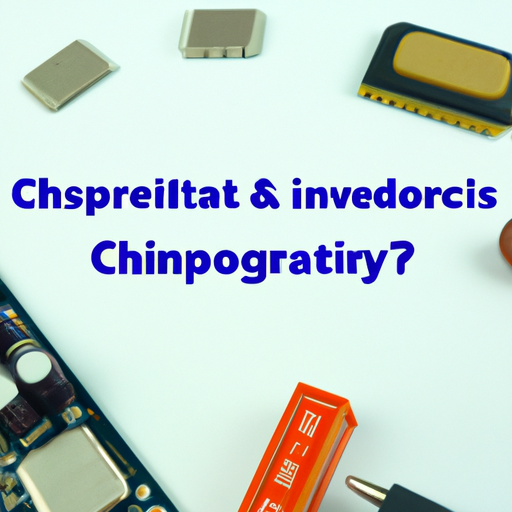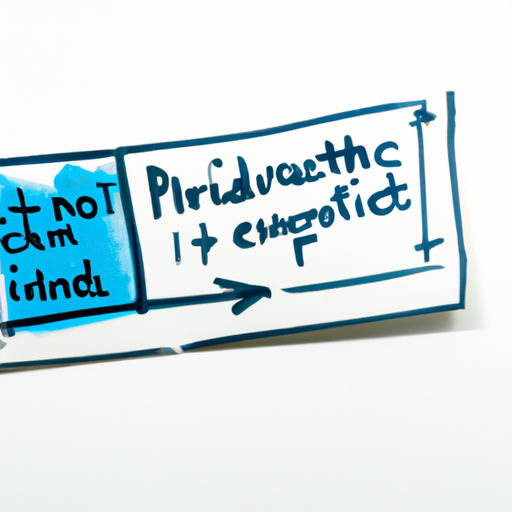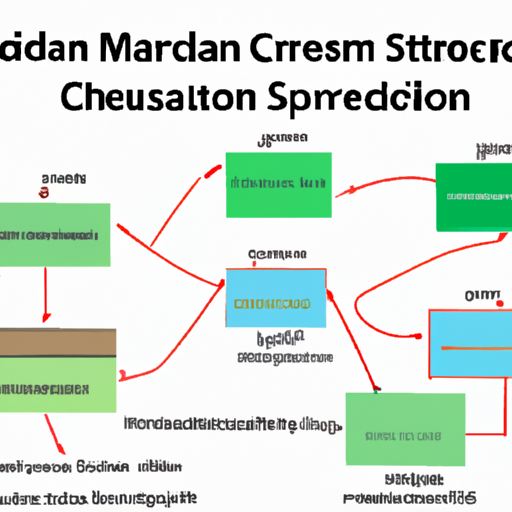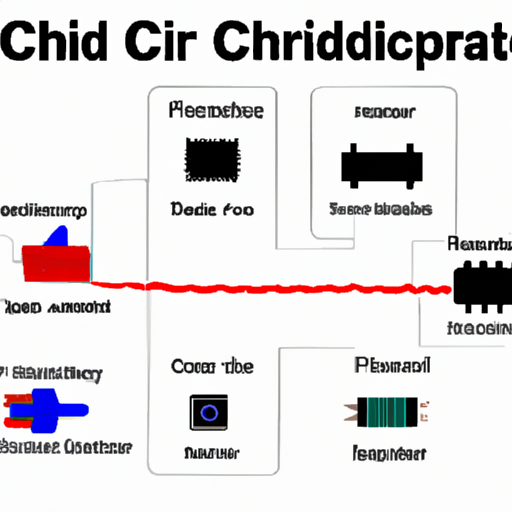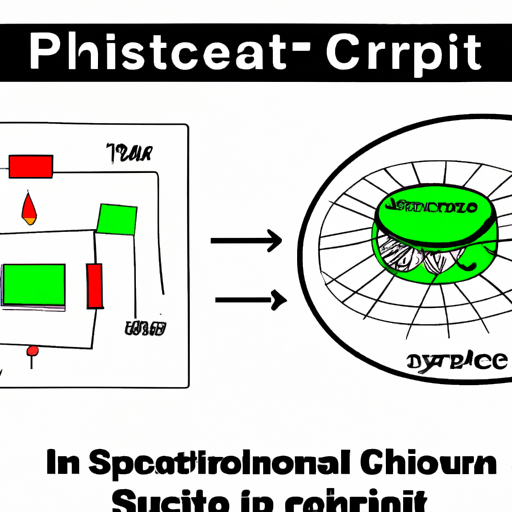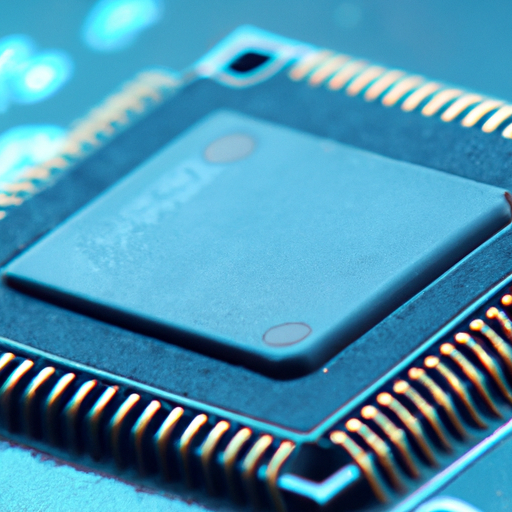Integrated Circuit Concept: Advantages of Products
I. Introduction
Integrated Circuits (ICs) have revolutionized the landscape of modern technology, serving as the backbone of virtually all electronic devices. An integrated circuit is a set of electronic circuits on a small flat piece (or "chip") of semiconductor material, typically silicon. The concept of ICs emerged in the late 1950s, marking a significant milestone in electronics. Over the decades, ICs have evolved from simple circuits to complex systems that power everything from smartphones to advanced medical devices. Their importance cannot be overstated, as they have enabled the miniaturization of technology, increased performance, and reduced costs, fundamentally changing how we interact with the world.
II. Understanding Integrated Circuits
A. Components of Integrated Circuits
Integrated circuits are composed of several fundamental components:
1. **Transistors**: These are the building blocks of ICs, acting as switches or amplifiers for electrical signals. The ability to integrate millions of transistors on a single chip has been a key factor in the performance of modern electronics.
2. **Resistors**: These components limit the flow of electric current, helping to control voltage and current levels within the circuit.
3. **Capacitors**: Capacitors store and release electrical energy, playing a crucial role in filtering and stabilizing voltage levels.
B. Types of Integrated Circuits
Integrated circuits can be categorized into three main types:
1. **Analog ICs**: These circuits process continuous signals and are used in applications such as audio amplifiers and radio frequency devices.
2. **Digital ICs**: These circuits handle discrete signals and are fundamental in computers and digital devices, enabling data processing and storage.
3. **Mixed-Signal ICs**: Combining both analog and digital functions, mixed-signal ICs are essential in applications like data converters and communication systems.
C. Manufacturing Process of ICs
The manufacturing of integrated circuits involves several intricate processes:
1. **Photolithography**: This technique uses light to transfer a geometric pattern from a photomask to a light-sensitive chemical photoresist on the substrate.
2. **Etching**: After photolithography, etching removes unwanted material, creating the desired circuit patterns on the chip.
3. **Doping**: This process involves adding impurities to the semiconductor material to change its electrical properties, allowing for the creation of p-type and n-type semiconductors.
III. Advantages of Integrated Circuits
A. Miniaturization
One of the most significant advantages of integrated circuits is their ability to miniaturize electronic devices. By integrating multiple components into a single chip, manufacturers can significantly reduce the size of electronic devices. This miniaturization has led to increased portability, allowing consumers to carry powerful devices like smartphones and laptops in their pockets.
B. Cost Efficiency
Integrated circuits also offer substantial cost savings. The reduction in the number of individual components leads to lower manufacturing costs. Additionally, the economies of scale achieved through mass production of ICs further drive down costs, making advanced technology more accessible to consumers and businesses alike.
C. Enhanced Performance
The performance of electronic devices has improved dramatically due to integrated circuits. ICs enable faster processing speeds, allowing devices to perform complex calculations and tasks in a fraction of the time it would take with discrete components. Furthermore, ICs are designed for improved power efficiency, which is crucial in an era where energy consumption is a growing concern.
D. Reliability and Durability
Integrated circuits are generally more reliable than traditional circuits. With fewer components, there are fewer points of failure, leading to lower failure rates. Additionally, ICs are designed with better thermal management, which helps prevent overheating and extends the lifespan of electronic devices.
E. Versatility and Functionality
The versatility of integrated circuits is another significant advantage. They can be designed for a wide range of applications, from consumer electronics to industrial automation. Moreover, ICs can integrate multiple functions into a single chip, reducing the need for separate components and simplifying circuit design.
F. Energy Efficiency
In today's environmentally conscious world, energy efficiency is paramount. Integrated circuits consume less power than their discrete counterparts, leading to lower energy bills and reduced environmental impact. This energy efficiency is particularly important in battery-operated devices, where longer battery life is a critical factor.
IV. Applications of Integrated Circuits
Integrated circuits have found applications across various industries, showcasing their versatility and importance.
A. Consumer Electronics
In consumer electronics, ICs are ubiquitous. They power smartphones, laptops, tablets, and a myriad of other devices, enabling features such as high-resolution displays, advanced processing capabilities, and connectivity options.
B. Automotive Industry
The automotive industry has embraced integrated circuits for advanced driver-assistance systems (ADAS) and electric vehicles (EVs). ICs play a crucial role in enhancing safety features, improving fuel efficiency, and enabling the functionality of electric drivetrains.
C. Telecommunications
In telecommunications, integrated circuits are essential for networking equipment and satellite communications. They facilitate high-speed data transmission and enable the development of advanced communication technologies.
D. Medical Devices
Integrated circuits are integral to modern medical devices, including diagnostic equipment and wearable health monitors. They enable precise measurements, data processing, and real-time monitoring of patients' health.
E. Industrial Automation
In industrial automation, ICs are used in robotics and control systems. They enhance the efficiency and accuracy of manufacturing processes, contributing to the rise of smart factories and Industry 4.0.
V. Future Trends in Integrated Circuits
A. Advancements in Technology
The future of integrated circuits is promising, with advancements in technology driving innovation. Smaller process nodes allow for more transistors to be packed into a single chip, enhancing performance and efficiency. Additionally, 3D ICs and System-on-Chip (SoC) designs are emerging, enabling even greater integration and functionality.
B. Impact of Artificial Intelligence and Machine Learning
The rise of artificial intelligence (AI) and machine learning is creating a demand for specialized integrated circuits. These ICs are designed to handle the complex computations required for AI applications, leading to increased processing power and efficiency.
C. Sustainability and Eco-Friendly Designs
As the world becomes more environmentally conscious, the focus on sustainability in IC manufacturing is growing. Green manufacturing processes and the recyclability of materials are becoming essential considerations in the design and production of integrated circuits.
VI. Conclusion
In summary, integrated circuits have transformed the electronics industry, offering numerous advantages that have shaped modern technology. From miniaturization and cost efficiency to enhanced performance and energy efficiency, ICs play a crucial role in a wide range of applications. As we look to the future, continued innovation in IC design and manufacturing will be essential in meeting the demands of an increasingly digital and interconnected world. The ongoing evolution of integrated circuits will undoubtedly pave the way for new technologies and applications, further solidifying their importance in our daily lives.

